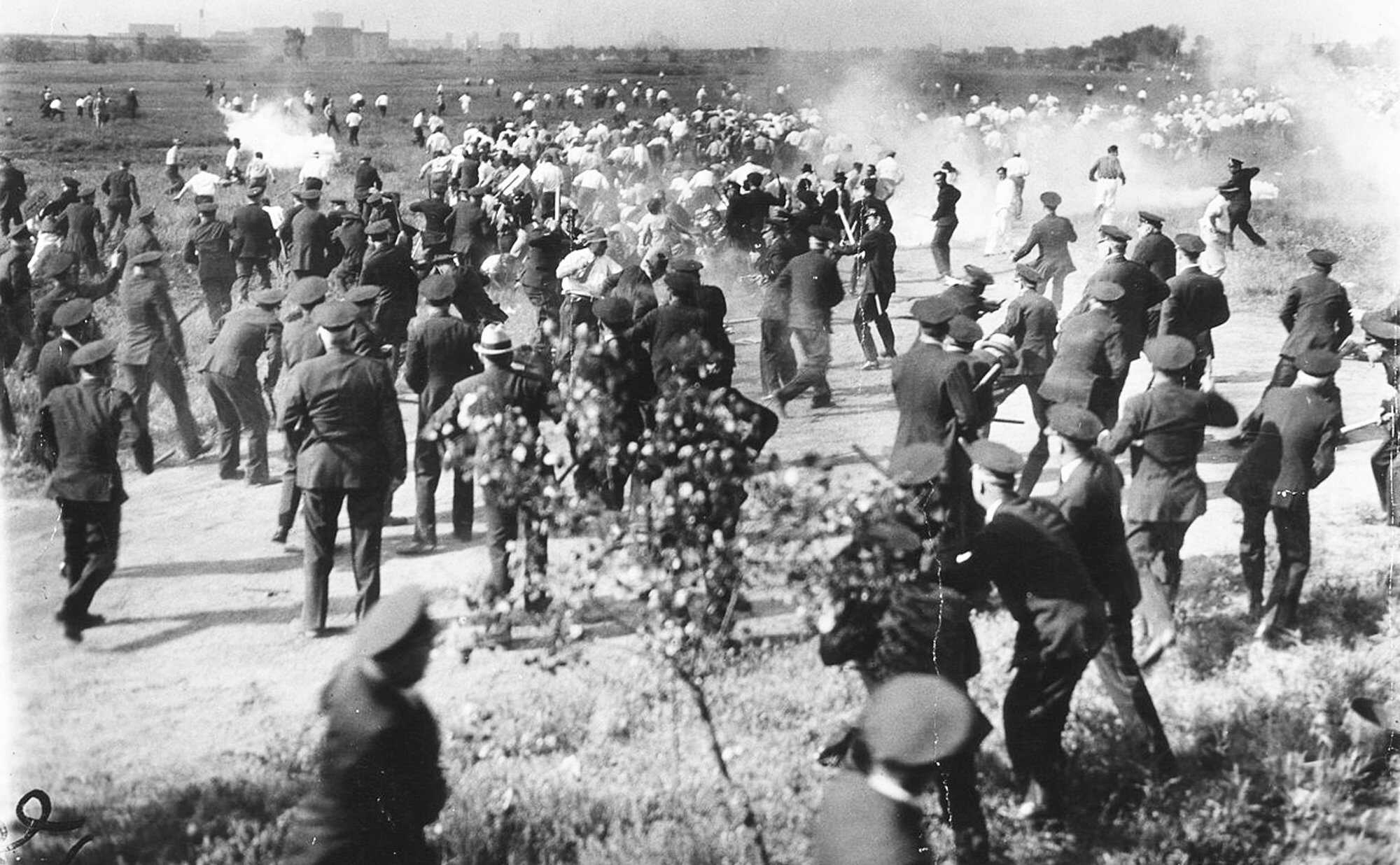The safety standards American workers enjoy today didn't materialize overnight. They are the result of decades of struggle and protest by factory workers demanding safer working conditions. This blog post takes a historical look at these protests and their transformative impact on American labor standards.
Historical Overview: The Struggle for Worker Safety
The turning point in America's industrial safety movement can be traced back to the tragic Triangle Shirtwaist Factory fire in 1911. This incident, which claimed 146 lives, sparked outrage and galvanized labor movements demanding better safety regulations (1).
Subsequently, protests led by factory workers became more organized and widespread, leading to a major labor demonstration on May 1, 1886, where workers nationwide protested for an eight-hour workday (2). The event, known as May Day, highlighted not just the demand for fair working hours but also the importance of safety in the workplace.
The Impact on American Labor Laws
These protests eventually led to tangible changes in labor laws. The Fair Labor Standards Act of 1938 was a significant milestone, establishing maximum work hours and minimum wage laws. It was followed by the creation of the Occupational Safety and Health Administration (OSHA) in 1970, which set federal standards for workplace safety and health (3).
Present Day: Ensuring Worker Safety
The legacy of these protests continues to influence American labor standards. Today's safety protocols, from protective gear to safe working procedures, stem from the persistent efforts of past factory workers. Tools like Report It's incident management software also facilitate the ongoing struggle for worker safety by providing an avenue for anonymous safety reporting.
However, the fight is far from over. Despite significant advancements, workers continue to face safety risks, emphasizing the need for constant vigilance and advocacy.
The protests of American factory workers have indelibly shaped the country's labor standards, underscoring the power of collective action. As we benefit from their legacy, it's crucial to continue their fight, advocating for the safety of all workers. At WorldSafe, we honor this history and are committed to furthering safety in the workplace, building on the foundations laid by those who came before us.
Sources:
- The New York Times (2011). Triangle Shirtwaist Factory Fire.
- Zinn, H. (1980). A People's History of the United States.
- Occupational Safety and Health Administration (2021). About OSHA.



Comments